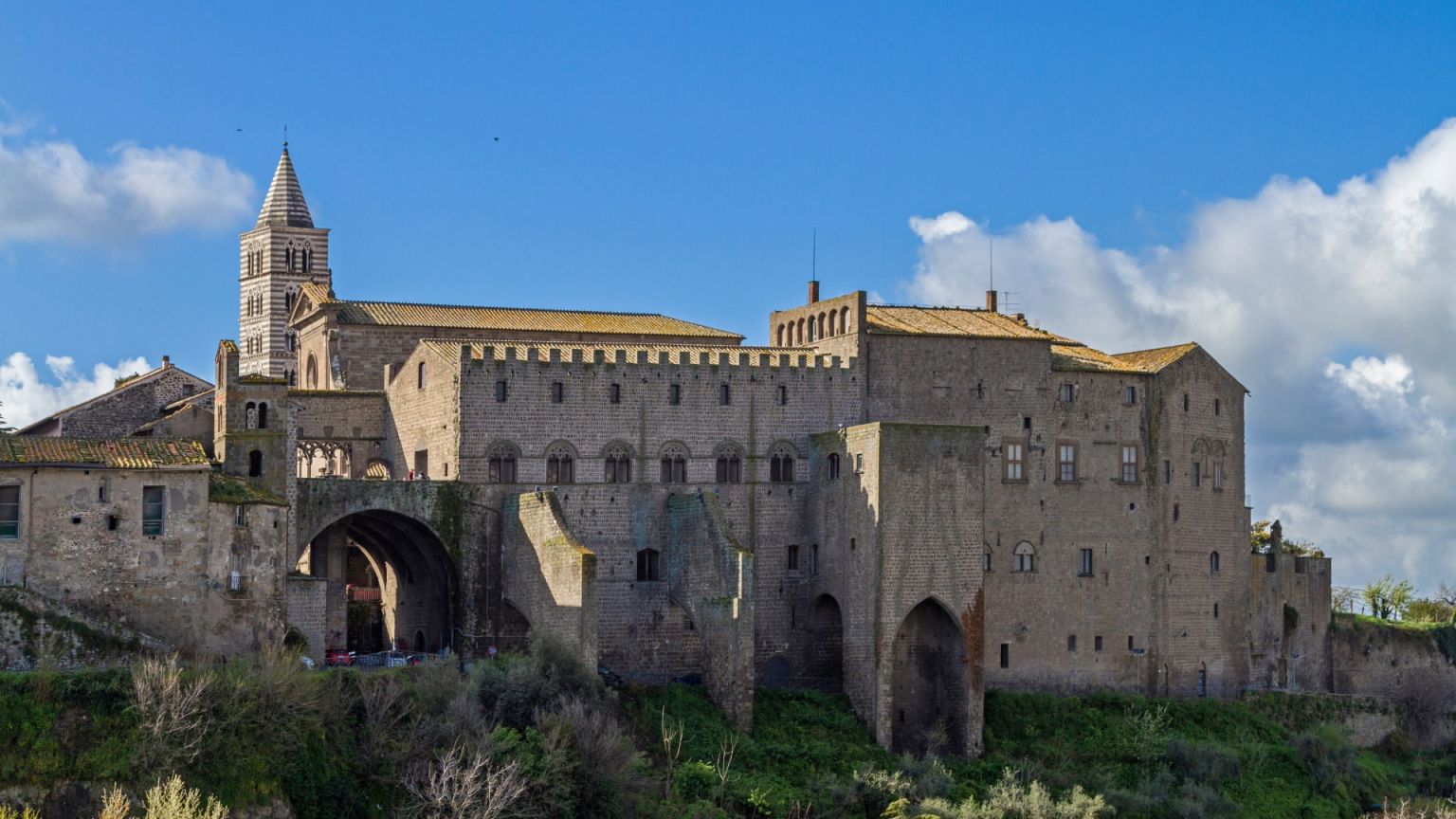
Palace of the Popes Viterbo: Discover a Medieval Icon
Palace of the Popes Viterbo: the tickets most chosen by travelers
History of the Palace of the Popes in Viterbo
The Palace of the Popes in Viterbo is one of the city's most iconic landmarks, a testament to the era when Viterbo became a pivotal center for papal politics. Built as an expansion of the former bishop’s residence, it was commissioned to host Pope Alexander IV in 1257, following increasing tensions in Rome that necessitated a new papal residence. The project was overseen by Raniero Gatti, Captain of the People, who also supervised the construction of the famous Aula del Conclave, which hosted the first and longest conclave in history, lasting 33 months (1268-1271).
In 1267, the magnificent Loggia delle Benedizioni, also known as the Loggia of the Popes, was completed. This elegant loggia features delicate trilobed Gothic arches, offering a breathtaking view of Piazza San Lorenzo. The palace remained a papal residence until 1281, housing pontiffs such as Clement IV, John XXI, and Nicholas III. Today, visiting the Palace of the Popes allows you to step back in time and explore its fascinating history, as well as visit the Colle del Duomo Museum and the Cathedral of San Lorenzo, for a true journey into medieval Viterbo.

Discover all other experiences
Essential Information for Visiting the Palace of the Popes in Viterbo
Opening HoursThe Palace of the Popes is open daily from 10:00 AM to 7:00 PM from April to November.
From December to March, hours are:
- Monday, Wednesday, Thursday, and Friday: 10:00 AM – 1:00 PM / 3:00 PM – 6:00 PM
- Saturday and Sunday: 10:00 AM – 6:00 PM (continuous hours)
- Closed on Tuesdays
Booking
It is highly recommended to book tickets in advance, especially during peak seasons. Online booking offers various options, including standard tickets, guided tours, or combination tickets that include access to the Colle del Duomo Museum and Cathedral of San Lorenzo. Booking in advance guarantees entry at your preferred time.
Where to Enter the Palace of the Popes
The main entrance to the Palace of the Popes is in Piazza San Lorenzo, easily accessible from Viterbo’s historic center. For those arriving by car, Valle Faul Parking offers a free elevator leading directly to Piazza San Lorenzo. Alternatively, Parcheggio del Sacrario provides parking with a short walk through the historic center to reach the palace.
Palace of the Popes Viterbo: tips for your visit
How to Get to the Palace of the Popes in Viterbo
The Palace of the Popes in Viterbo is located in the city's historic center, in Piazza San Lorenzo.
On Foot
The palace is easily accessible on foot, as it is situated in a mostly pedestrian area.
By Train
The nearest train station is Viterbo Porta Romana, about an 18-minute walk from the palace. From the station, follow Via Nazario Sauro towards Largo Trieste, turn right onto Viale Trieste, then left onto Viale Raniero Capocci. Continue along Via Fratelli Rosselli, cross Piazza Giuseppe Verdi, and follow Corso Italia and Via Roma to Piazza San Lorenzo, where the palace is located.
By Bus
Urban bus lines 1C, A, and B stop near the palace. The Piazza del Plebiscito stop is just a 4-minute walk away. From there, follow Via Roma and then Via San Lorenzo to reach the palace.
By Car
For those arriving by car, parking at Valle Faul Parking is recommended. A free elevator will take you directly to Piazza San Lorenzo, right in front of the palace.
The historic center of Viterbo features cobblestone streets and limited traffic zones, so walking is often the most practical way to explore and reach the Palace of the Popes.
Best attractions around Palace of the Popes Viterbo
all entrance tickets for the most popular Italian attractions
Visit to the Palace of the Popes in Viterbo: the definitive guide
Symbol of the city, also called the Vatican of Viterbo, the Palace of the Popes in Viterbo is one of the hidden treasures of Lazio region, discover it
Read more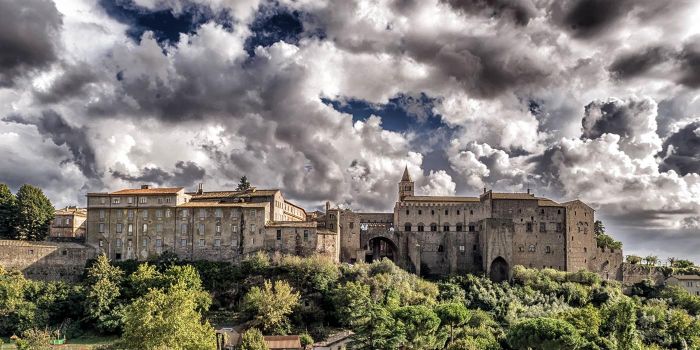
FAQs about Palace of the Popes Viterbo
What function did the Palace of the Popes have?
The Palace of the Popes in Viterbo was built in the 13th century to house the papal Curia, which was moved from Rome in 1257 by Pope Alexander IV because of Roman hostility. It served as the papal residence until 1281, hosting several pontiffs and important ecclesiastical events, including the first and longest conclave in history, which lasted from 1268 to 1271. After that period, the palace lost its function as the center of Christendom, but continued to be used for administrative and religious purposes.
How long does a visit to the Palace of the Popes in Viterbo last?
The length of your visit to the Palace of the Popes in Viterbo depends on your personal interest and the time you wish to devote to each section. Generally, you should allow between 1 and 2 hours to explore the main attractions of the complex. These include the Loggia delle Benedizioni, with its panoramic view of Piazza San Lorenzo, and the Aula del Conclave, famous for hosting the longest conclave in history. Don't miss the striking Sala Gualterio, embellished with frescoes and the parchment of the first conclave, as well as the Museo Colle del Duomo and the Cathedral of San Lorenzo, which offer a true journey into medieval art and history. For a more in-depth experience, perhaps accompanied by a guide or audio guide, the visit can extend to 3 hours or more, especially if you decide to include other nearby attractions.
Why did the popes move to Viterbo?
In 1257, Pope Alexander IV moved the Roman Curia to Viterbo to escape the political and social tensions that made Rome unstable and dangerous. Fights between noble families and conflicts between Guelphs and Ghibellines threatened papal rule, prompting the pontiffs to seek a safer seat. At the time, Viterbo was a well-fortified city ruled by a pro-papal Guelph administration, offering a stable refuge for the Church. The move lasted until 1281, a period when Viterbo became known as the “City of the Popes,” hosting some of the most important pontiffs of the time.
How many popes have been in Viterbo?
Between 1257 and 1281, nine popes resided permanently or for long periods in Viterbo, turning it into the “City of Popes.” The first was Alexander IV, who in 1257 moved the Roman Curia to Viterbo, making it the center of papal power. Clement IV almost always lived here, while Urban IV and Nicholas III divided their residence between Viterbo and other cities. John XXI and Hadrian V spent most of their pontificate in the city, while Gregory X and Innocent V stayed only for short periods. The last pope to be elected in Viterbo was Martin IV, who left the city soon after his appointment in 1281.
Skip the Line for the Palace of the Popes in Viterbo (Polo Monumentale Colle del Duomo)
Visit the Palace of the Popes in Viterbo with quick access and no waiting thanks to the skip-the-line ticket. Discover the Colle del Duomo Monumental Complex and immerse yourself in the history of one of the most important places in the city.
What the ticket includes
- Priority entrance to the Colle del Duomo Monumental Complex
- Access to the permanent collections and temporary exhibitions
- Discounts at the Polo Monumentale bookshop
- VR experience
- Audioguide in French, English, Italian, Spanish and German
Skip the line and enjoy a stress-free experience in the heart of medieval Viterbo.
Palace of the Popes in Viterbo: a medieval masterpiece between Romanesque and Gothic
Built between 1255 and 1266 at the behest of Capitano del Popolo Raniero Gatti, the Palace of the Popes in Viterbo is one of the most extraordinary examples of medieval architecture. Its imposing structure combines Romanesque and Gothic elements, creating a perfect harmony between defensive and representative function.
The facade, characterized by rectangular battlements, reflects the military architecture of the time, while the majestic staircase from 1267 leads to the famous Loggia delle Benedizioni. This elegant loggia, also known as the Loggia of the Popes, is distinguished by the lightness of its three-lobed ogival arches, supported by slender twin columns, which give it a refined aesthetic balance.
Inside, the majestic Conclave Hall evokes a fundamental chapter in Church history: the first and longest conclave in history (1268-1271) took place here. The twelve round-headed mullioned windows, topped by rectangular single-lancet windows, flood the hall with natural light, enhancing its solemn atmosphere.
Overlooking the picturesque Faul Valley, the palace is distinguished by its mighty buttresses, which emphasize its dual role as papal residence and fortified structure. A perfect balance between Viterbo's Romanesque tradition and the emerging Gothic influences of the 13th century.
Curiosities about the Palace of the Popes in Viterbo
Here are some interesting facts about the Palace of the Popes in Viterbo, a monument rich in history and significance.
The longest conclave in history
The Palace of the Popes is famous for hosting the longest conclave in Church history, which lasted 33 months (from 1268 to 1271). This conclave was held because of the difficulty in reaching an agreement among the cardinals to elect a new pope, and ended with the election of Pope Gregory X.
Deadly collapse
A tragic event occurred on May 11, 1277, when part of a wing of the palace collapsed, resulting in the death of Pope John XXI. This incident highlighted the structural problems of the building, which had been built urgently and without proper precautions.
A mini-Vatican
During the period when the palace was the papal seat, Viterbo was considered a kind of “mini-Vatican.” The city was home to numerous convents and monasteries and was an active cultural center, where important philosophical and religious treatises were written.
A model for other buildings
The Palace of the Popes served as a model for many other buildings in central Italy because of its beauty and innovative structure for the time. Its architecture influenced the design of other papal residences and public buildings.




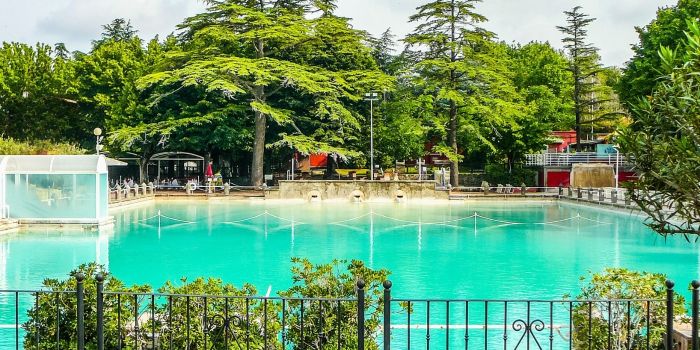
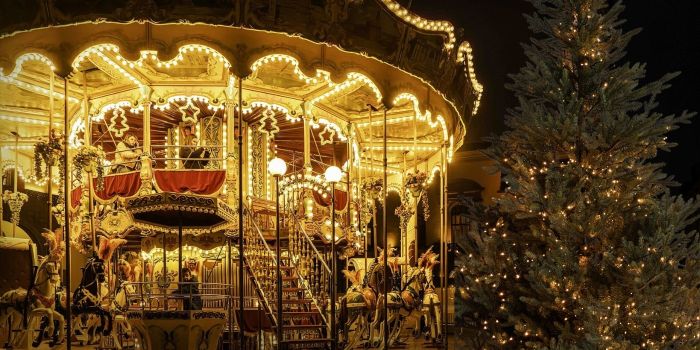
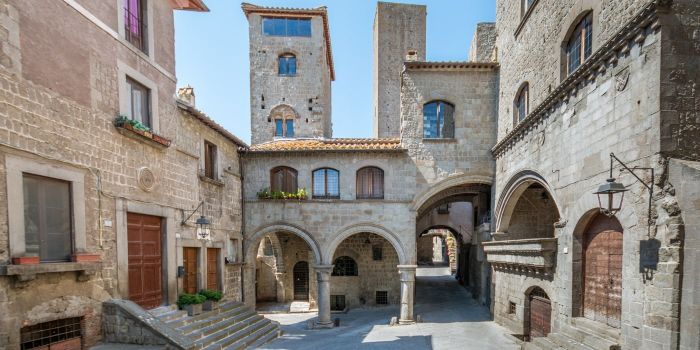
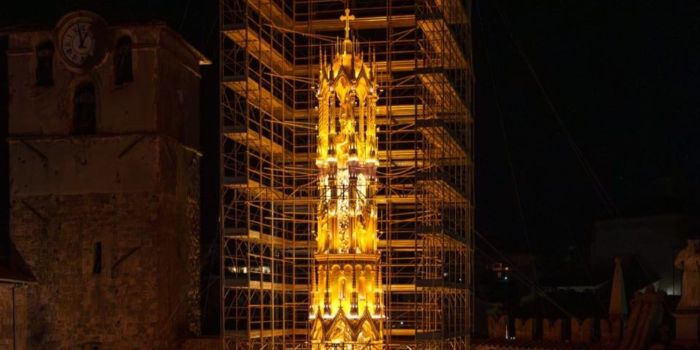
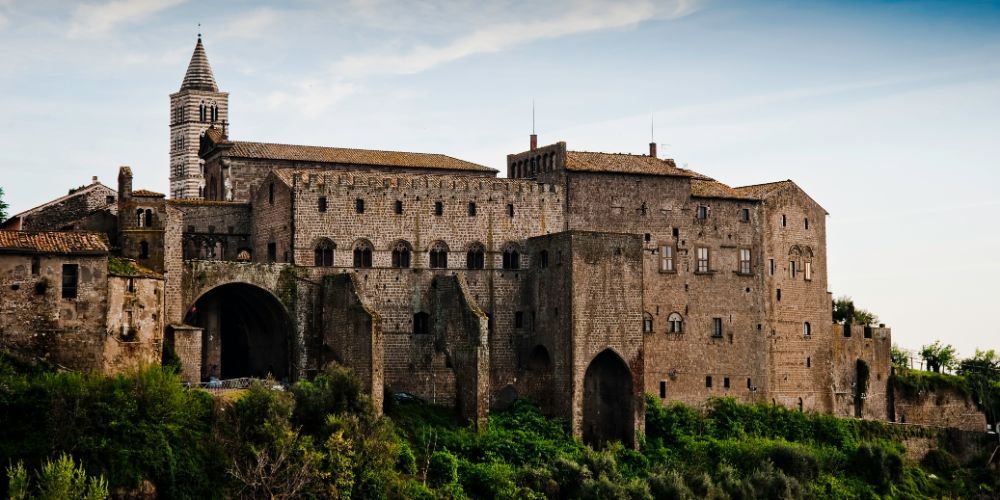

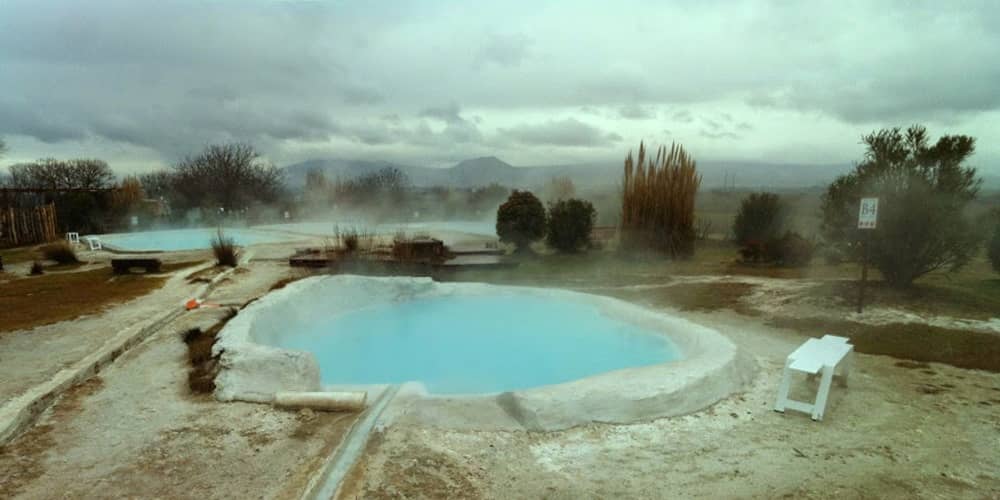


Rossella Friggione
Explore the History of the Palace of the Popes in Viterbo and Visit the Loggia delle Benedizioni, Symbol of the Famous Medieval Conclave.